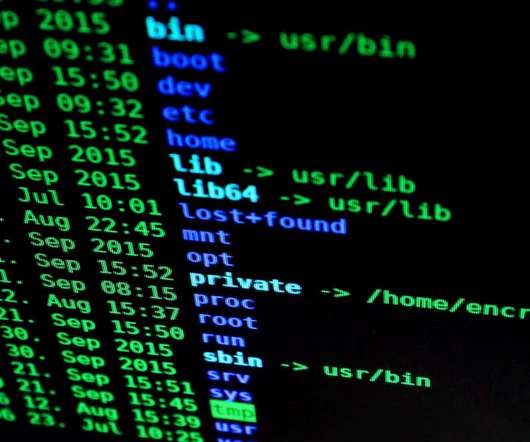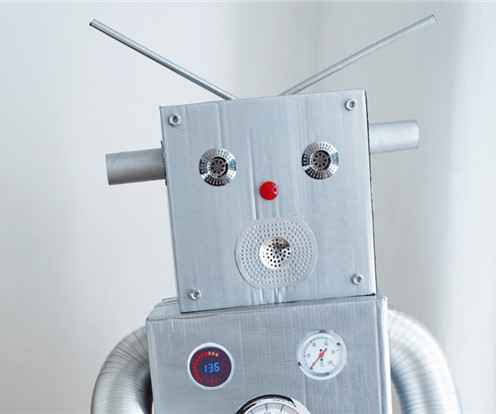How Did Authorities Identify the Alleged Lockbit Boss?
Krebs on Security
MAY 13, 2024
This post examines the activities of Khoroshev’s many alter egos on the cybercrime forums, and tracks the career of a gifted malware author who has written and sold malicious code for the past 14 years. was used by a Russian-speaking member called Pin on the English-language cybercrime forum Opensc. Dmitry Yuryevich Khoroshev.












Let's personalize your content